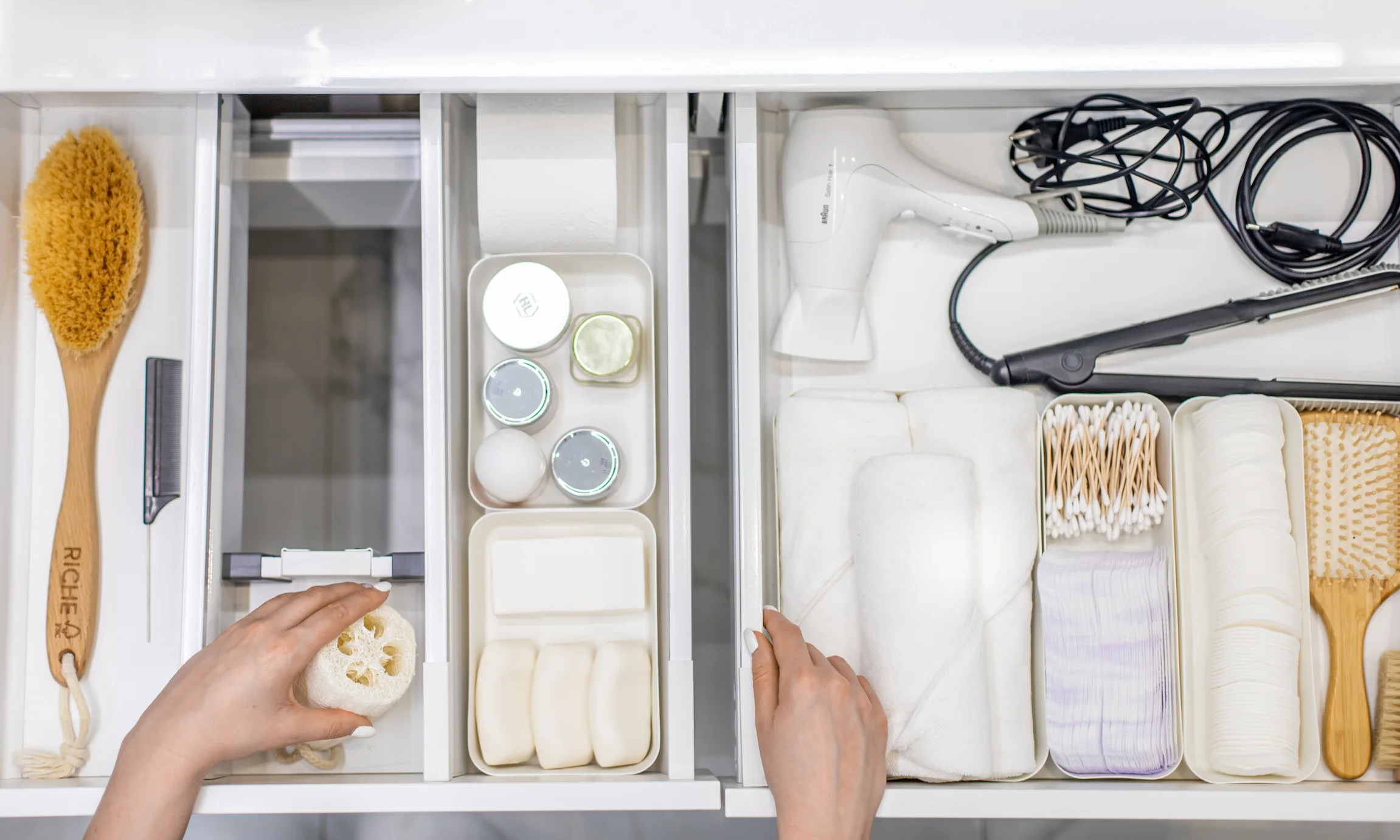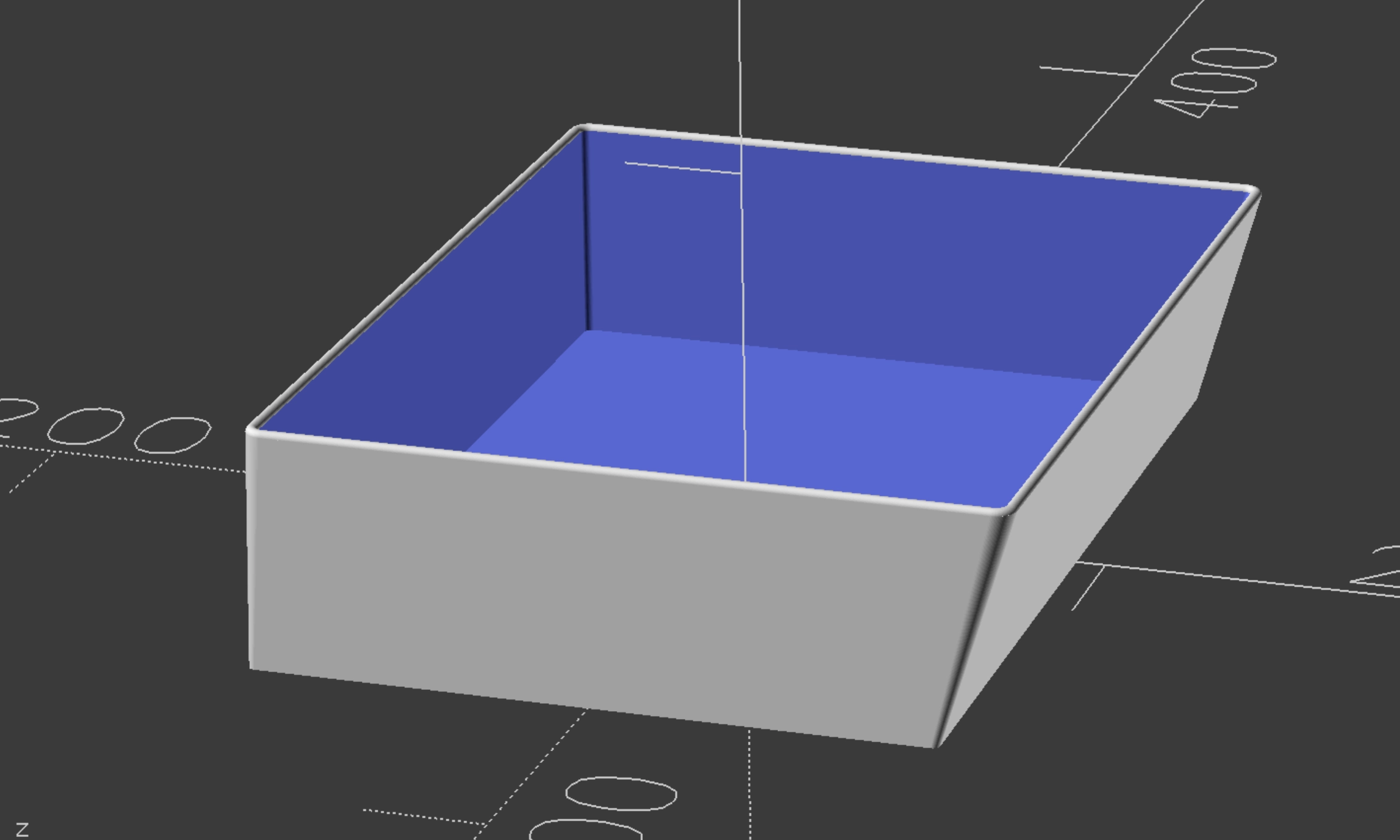
One of professional organizer Kristin Dell’s most memorable clients had a simple goal: she wanted to host Thanksgiving in her home again.
The problem? Her space was so cluttered it wasn’t usable. She didn’t know how to start decluttering, and the idea of clearing everything out felt totally overwhelming. But the goal mattered—enough to ask for help.
Over the course of a few months, Kristin worked with her to clear the clutter, little by little. Room by room, they made the space livable again. And that November, she hosted Thanksgiving dinner in her home—just like she’d hoped.
That’s the power of starting. Not perfectly. Not all at once. Just starting.
So if you’re wondering how to start decluttering, especially when it feels like too much, you’re in the right place. The first step is the hardest—but it’s also where everything begins.
You probably already know you have too much stuff. That’s not the problem. The problem is: where do you begin?
People usually aren’t asking how to declutter—they’re asking how to start. It’s not the sorting or the labeling that’s hard. It’s making that very first move when everything feels like too much.

According to Kristin Dell, “The biggest blocks that stop people from starting are usually how and what to get rid of.” And honestly? She’s not wrong. It's not that you can't make decisions—it's that the decisions are emotionally loaded. Should I keep this jacket in case I need it again? What if I regret donating that candle holder my friend gave me in 2014?
Add in a few sentimental landmines and a schedule that’s already maxed out, and of course you’re stuck. But “stuck” doesn’t mean “hopeless.” It just means you need a gentler starting point.
Here’s how to break it down so you can actually begin.
Forget every viral decluttering method that makes you pull everything out at once, cry about your childhood, and then give up halfway through. We're keeping it simple: three boxes. Keep. Donate. Trash.

If you’re wondering how to begin decluttering your home without making a bigger mess, start with structure—not stuff. The 3-box method keeps things simple enough to follow, even when your energy is low.
Kristin explains, “We do the 3-box method of keep, donate, purge and also adapt to the situation.” And before you even touch those boxes, she recommends sorting by category. “We like to go and sort the space by like item first so the client can see everything and make decisions easier.” Translation: don't bounce between mugs and mail and makeup. Focus.
Decision fatigue loves chaos. Clarity loves categories.
Ah yes, the memory minefield. That baby blanket. That high school sweatshirt. That candle from an ex that still smells like guilt and Anthropologie.
You know it doesn’t belong—but tossing it feels like erasing a piece of something important. So how do you move forward when everything feels personal?

Kristin’s approach is deceptively simple: “The advice I give is for the client to really sit with the item. What is the reason behind holding on to the item?” That pause—asking why instead of just whether—can shift everything.
Once you're sitting with it, run it through the big three:
Do I love it? Do I need it? Do I use it?
If the answer’s no across the board, it may be time to let it go.
And when money gets tangled up in the mix? “Sometimes what we think holds a lot of monetary value actually doesn’t,” she says. “This makes it easier to let go sometimes.” Spoiler: your Beanie Babies are still not worth anything.
If you’re not ready to decide? That’s fine. Kristin reassures her clients: “If the client truly can’t remove the item, we come back to it over time.” You don’t need to force a goodbye today. You just need to acknowledge the maybe.
Let’s say your brain goes foggy just looking at the junk drawer. Let’s say you have decision fatigue before you've made a single decision. You're not lazy. You're overloaded.
The solution? Stop trying to fix everything. Start by doing less—but doing it better.
“When someone is feeling completely overwhelmed,” Kristin says, “the best way to start is to focus on the space in smaller sections. For example, if you are in a closet start on one side of the closet and create quadrants. Then work top to bottom in that section.”
One section. Not the whole closet. Not the whole room. A quadrant. A shelf. A win.
Kristin believes small time blocks can go a long way: “I think an underrated tip is setting your timer for 15 min. and just getting started. There is so much you can do in that amount of time.”
Fifteen minutes. That’s shorter than one episode of The Bear and barely longer than your Instagram scroll. You don’t need a weekend—just a timer.
Kristin keeps it real: “The way I advise on this is to start on easy items. Easy items are things that don’t have significant value or memories attached to them. Once they get on a roll it’s easier to make hard decisions.”
Translation: don’t open the memory box. Don’t start with your late uncle’s record collection. Start with expired sunscreen and broken chargers. Momentum matters.
If you’re still not sure where to begin, start with paper clutter. It’s quick, it’s low-effort, and best of all—it doesn’t come with emotional baggage.
Kristin often recommends paper because it builds momentum fast. You’re not digging through sentimental keepsakes or deciding what sparks joy. You’re recycling expired coupons, junk mail, old receipts, random to-do lists, and instruction manuals for appliances you no longer own.
There’s no need to overhaul your office or file cabinets today. Just grab a stack, toss what you don’t need, and call it a win.
Decluttering once is satisfying. But staying decluttered? That’s where most people fall off. Because stuff is sneaky. It creeps back in the second you're not paying attention.

So don’t just organize—set yourself up to stay organized.
Daily or weekly resets (read: five-minute micro cleanups) are the difference between peaceful surfaces and The Return of the Pile. No quote here—just a gentle reminder that your space needs rhythms, not rules.
Kristin’s favorite system? Keep a donate bin close by. “Also keeping a donate bin by the door or in a closet is super helpful,” she says.
And for spaces that tend to fall apart quickly—like kitchen or bathroom drawers—something as simple as a custom drawer insert can make staying organized practically effortless. AnyDrawer creates organizers designed around your exact items, so everything has a place (and stays there).
Decluttering isn’t about having a minimalist, beige-curated life. It’s about walking into your space and feeling calm instead of distracted. It’s about creating room for the life you actually live.
Start small. Go easy. Repeat often.
And if you’re wondering how to get rid of paper clutter, or how to even start getting rid of anything at all, remember this: the easiest way is the way that feels light enough to begin.

